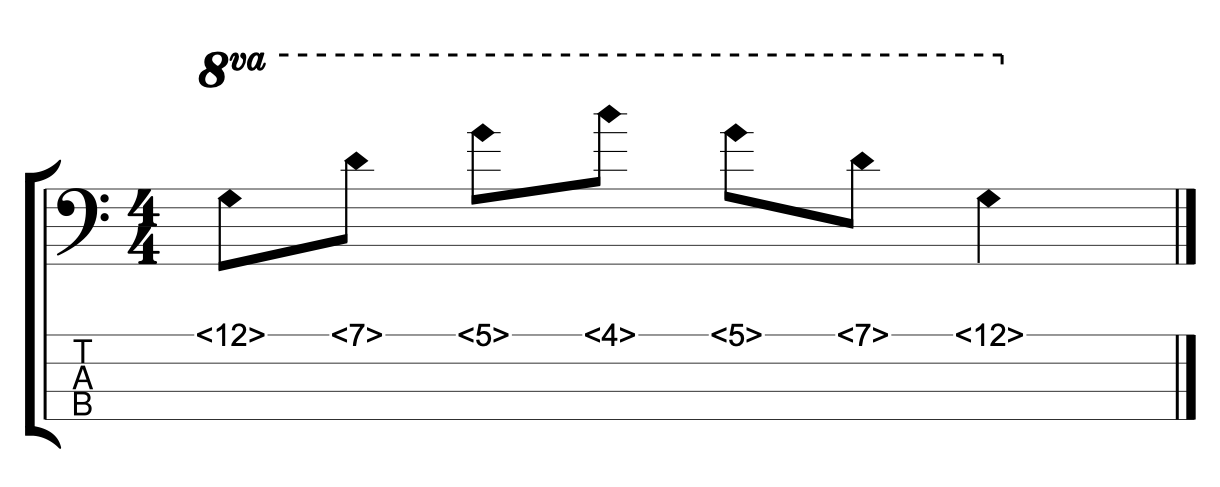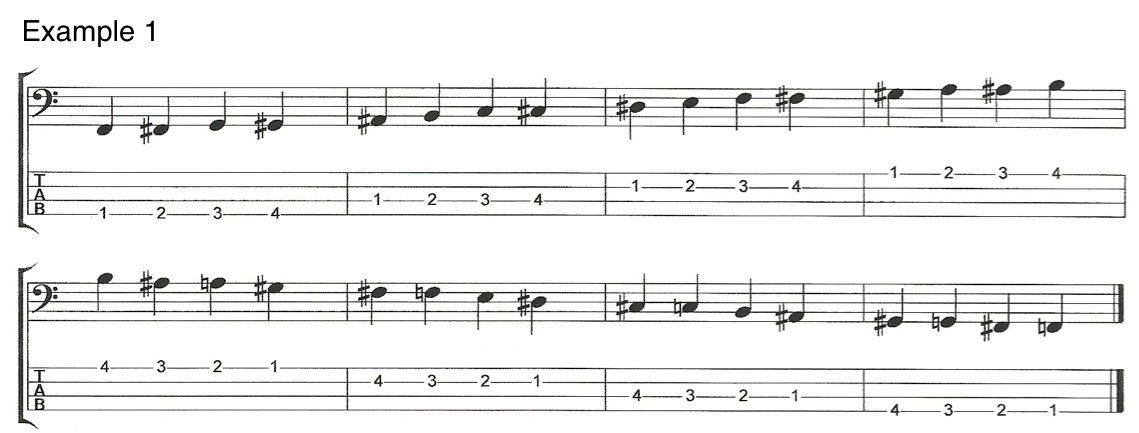Christmas Bass Practice Diary 2020 – We Three Kings – Bass Practice Diary – 22nd December 2020
Happy Christmas 2020! This is the fourth time that I’ve given a Christmas song the “Bass Practice Diary” treatment. You can find them all on my YouTube channel and JohnnyCoxMusic.com. This year I’ve decided to take on a Christmas carol for the first time. I’ve arranged We Three Kings for double bass and 6-string bass guitar.
The inspiration for this came because I was arranging Christmas carols for online church carol services. As most church services this year are taking place exclusively online due to the pandemic. I’ve been preparing performances of carols (mostly on guitar) to be streamed as part of online Christmas services. It was in the process of doing that, that I started to have some fun with We Three Kings. This arrangement is much to dark and uncomfortable sounding to use for a church service. But I was having fun with it, so I arranged it on bass, and here it is.
The Arrangement
As I’ve already alluded to, this arrangement started life as a solo guitar arrangement. I originally came up with the chord melody arrangement for the verse part on guitar, while pedalling the open E string underneath. For the bass arrangement, I put the E bass note on my double bass and played the chord melody on my 6-string bass. The bass is actually in an altered tuning for this.
I very rarely play bass in altered tunings. But in this case, I needed to reach a high D to be able to play the entire melody. The highest fret on my first string in standard tuning is C. So, I tuned up a whole tone to reach the D. Having done that, I tuned the G string up to A and the D string up to F. This enabled me to play the chord voicings using similar fingerings to those I’d worked out on the guitar. The solos on the intro and outro are both played in standard tuning.
The middle section of the piece was arranged entirely on bass. If I’m being honest, I’ve never really liked this section of the song. So, I wanted to give it a complete overhaul and change the harmony entirely. I tried a few things, but nothing really grabbed me until I started playing the “James Bond” style chord progression that you hear in this section. I was obviously channeling something that I did last year, because I realised afterwards that I played something very similar at one point in last years Christmas Bass Video.
Let’s Look Forward to 2021 (It has to be better!)
This is, in some ways, a strange treatment of a Christmas Carol. It doesn’t sound like a celebration. But, on the other hand, this is a very strange Christmas. I am stuck at home in lockdown, unable to see my parents or any of my extended family. We’re all sheltering from the virus and trying to protect others. So it feels to me like this arrangement reflects the times we are living in. Hopefully next year will bring a more cheerful Christmas Bass Video.






















